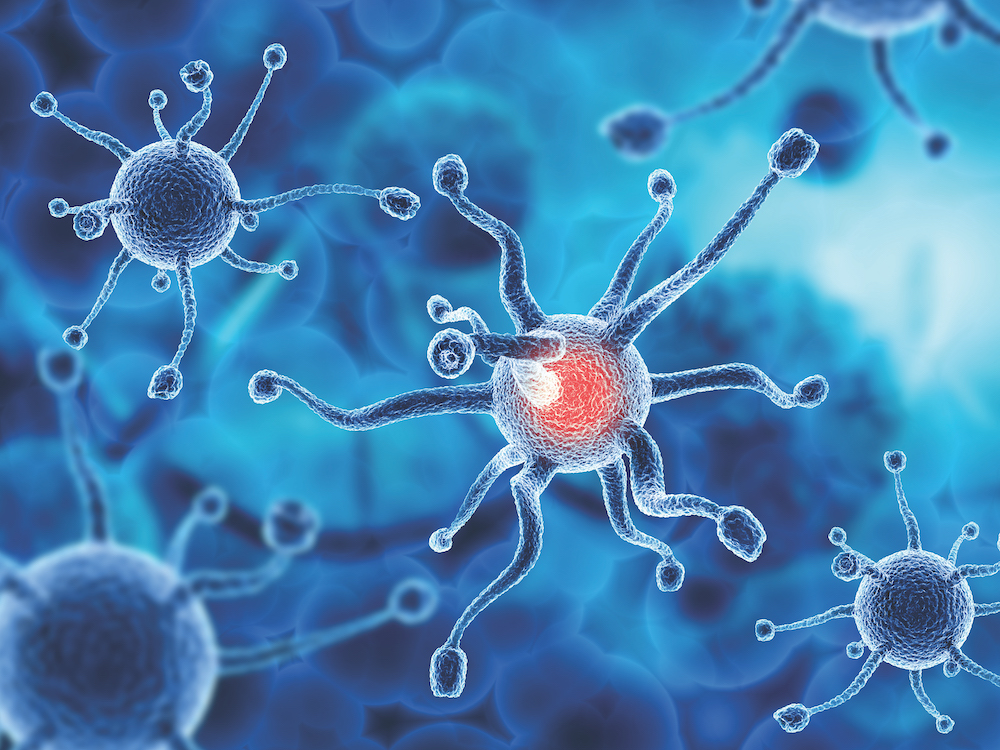Cell Treatment Vs Traditional Treatment
Cell Treatment Vs Traditional
Treatment
Cell treatment vc traditional treatment is a revolutionary way of treating disease and
pain without the use of drugs or surgery easterntribunal. It is based on the knowledge that your
body has a natural capacity for healing itself. The key to this is releasing the cells
that are responsible for repair and regeneration of damaged areas of your body.

These cells are called stem cells. They are the precursors to all blood cells, including
white blood cells and platelets. Stem cells are capable of transforming into any type
of tissue in the body, repairing damaged tissues, and reducing or eliminating the
underlying cause of pain. This is called regenerative medicine.
Stem cells are found throughout the body, especially in bone marrow and adipose
tissue (fatty tissue). However, they tend to be more concentrated in the joints,
muscles, tendons, ligaments, and cartilage. As we age, the number of stem cells in
the body decreases. Stem cell therapy allows us to inject your body with
concentrated stem cells that will promote natural-healing and repair the area of
injury or pain.
All blood cells start out as young stem cells called hematopoietic, or blood-forming,
cells. Hematopoietic stem cells can develop into any blood cell in your body, but
they are particularly effective at developing blood cells that fight infection and
repair wounds.
When you receive a cellular therapy, your doctors will harvest some of your healthy
immune system cells and add to them cancer-fighting T lymphocytes. These cells
will then grow and multiply to be infused back into your bloodstream in large
numbers. Your immune system will then recognize these new cells as “foreign” and
attack any cancer cells they encounter.

Two different types of cellular therapies are being used to treat cancer: CAR T-cell
therapy and engineered TCR therapy. These approaches involve modifying T
lymphocytes by attaching artificial receptors to their surface. These receptors
identify and bind to specific antigens, or markers, that exist on the surface of cancer
cells.
These modified T cells can then kill cancer cells and other abnormal cells. But they
also may trigger side effects, such as cytokine release syndrome. This side effect
occurs when the newly transplanted T cells and your body’s own immune cells
respond to the treatment by releasing a large amount of proteins into the
bloodstream.
In autologous cell therapy, your own blood-forming cells are extracted from the bone
marrow or adipose tissue and then returned to your bloodstream. These cells then
travel to the site of injury or pain and transform into the specialized cells your body
needs to heal itself. This process is less invasive than surgery and requires no
general anesthesia. It is also being studied for use in other kinds of regenerative
treatments, such as healing the spine and tendons. This is a very promising new
approach to regenerative medicine. But more research is needed. It is important to
talk to your doctor about the benefits and risks of cellular therapy before you decide
to have it.

